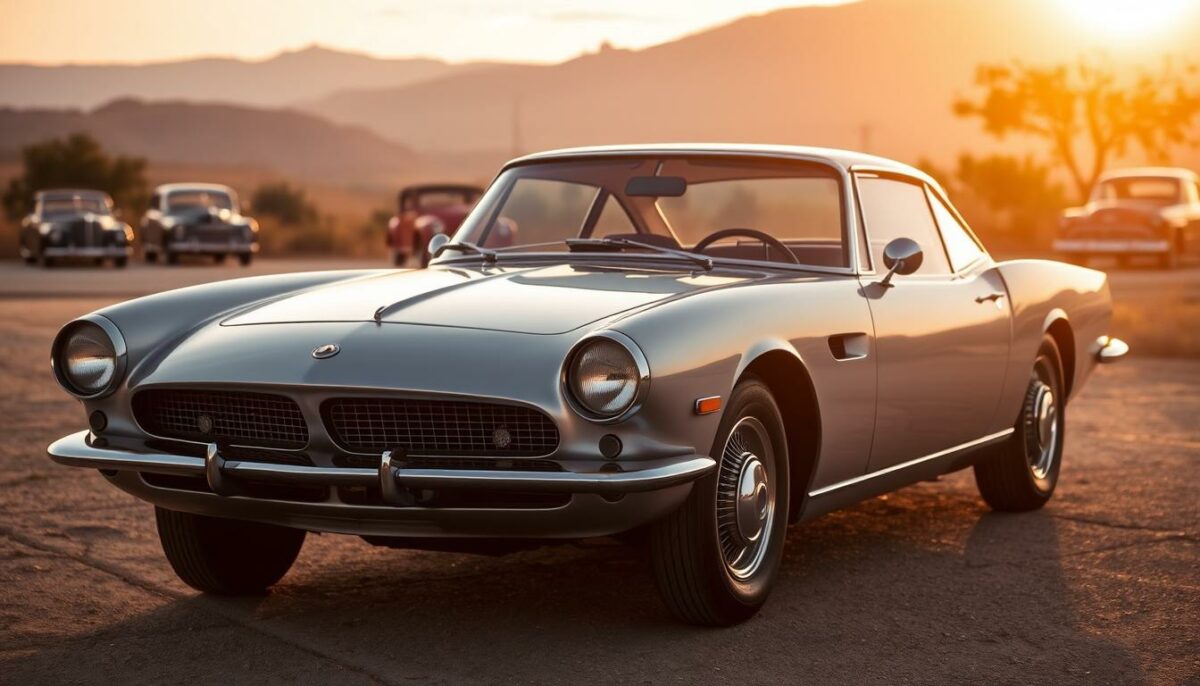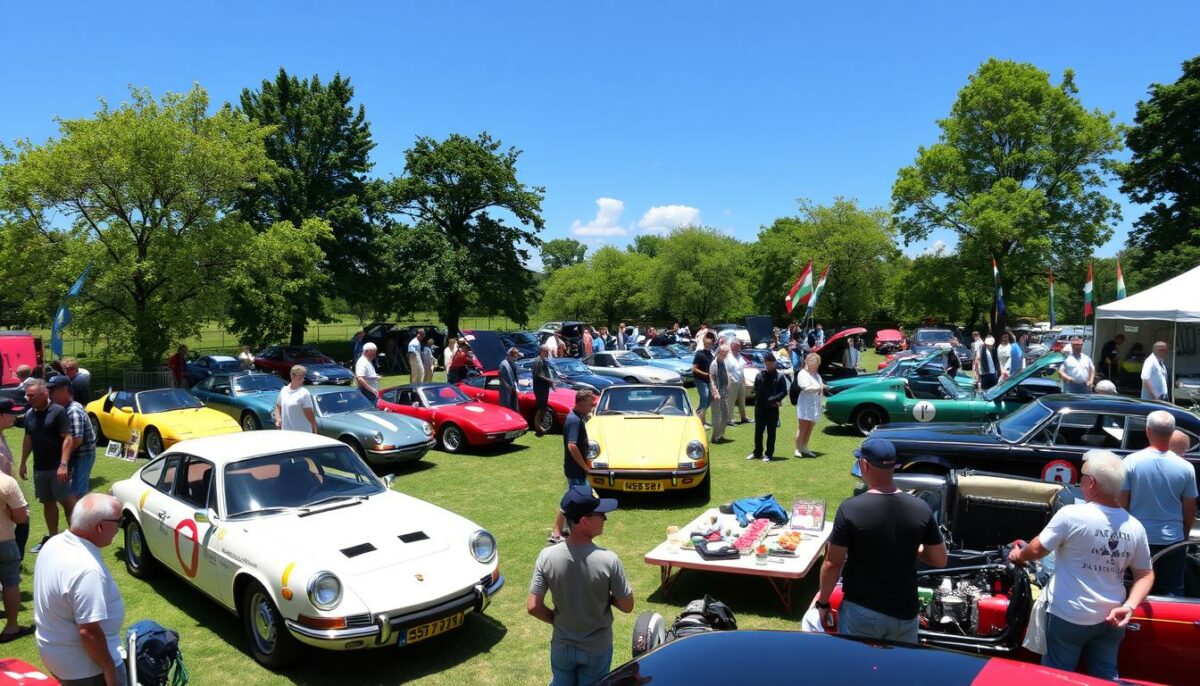In the spring of 1961, Sherwood Egbert, the newly appointed president of Studebaker, sought to rejuvenate the company’s image with a daring initiative. He envisioned a radical luxury sport coupe that would set Studebaker apart in the competitive automobile market. To bring this vision to life, Egbert turned to the legendary industrial designer Raymond Loewy.

Raymond Loewy and the Design Dream Team
Despite the challenge of a tight deadline, Loewy accepted the task. He assembled a team of talented designers, including seasoned professionals John Ebstein and Robert Andrews, both former collaborators, and Tom Kellogg, a promising young talent from the Art Center College of Design in Pasadena.
To ensure total focus, the team sequestered themselves in a house in Palm Springs, leased exclusively for the project’s development. Over an intense period, this dedicated group brought Egbert’s vision to fruition.
The Avanti’s Journey to Production
The Studebaker board quickly approved the resulting concept, and the Avanti entered production within months. Initially, the Avanti was a Studebaker model, produced for less than two model years. However, its legacy continued under the name Avanti II, remaining in production until 1983 and even further into the 21st century through subsequent iterations.

Cultural Impact: The Avanti and Dick Van Dyke
The Avanti’s striking design and cultural significance were celebrated in 2018 when a 1963 Studebaker Avanti, owned by the iconic American actor Dick Van Dyke, was showcased at a midcentury design exhibit at the Los Angeles County Museum of Art (LACMA).
A Lasting Legacy
From its bold inception in 1961 to its enduring presence in the automotive world, the Avanti stands as a testament to innovation and design excellence, forever tied to Studebaker’s storied history.
